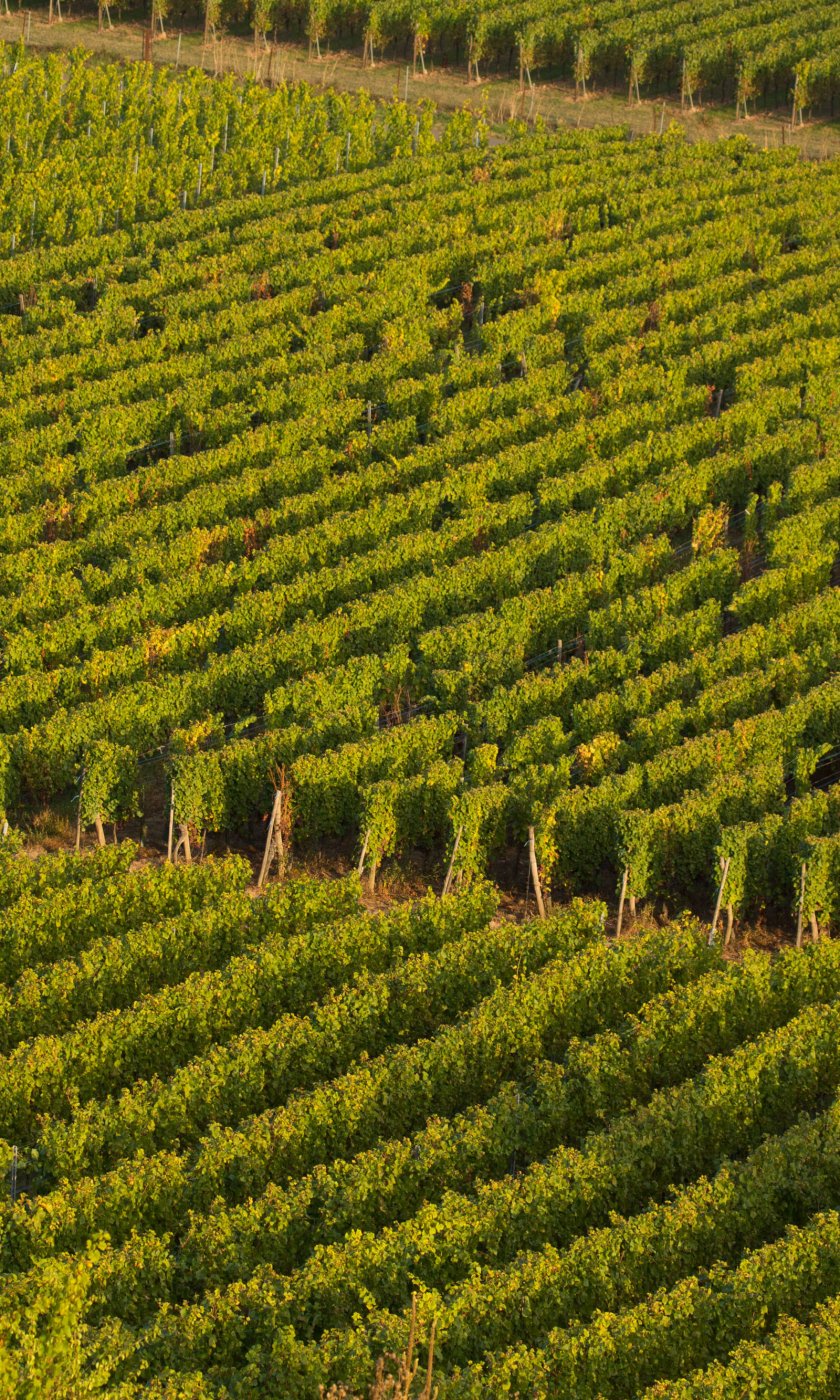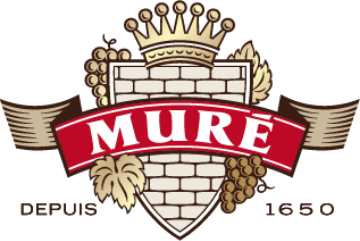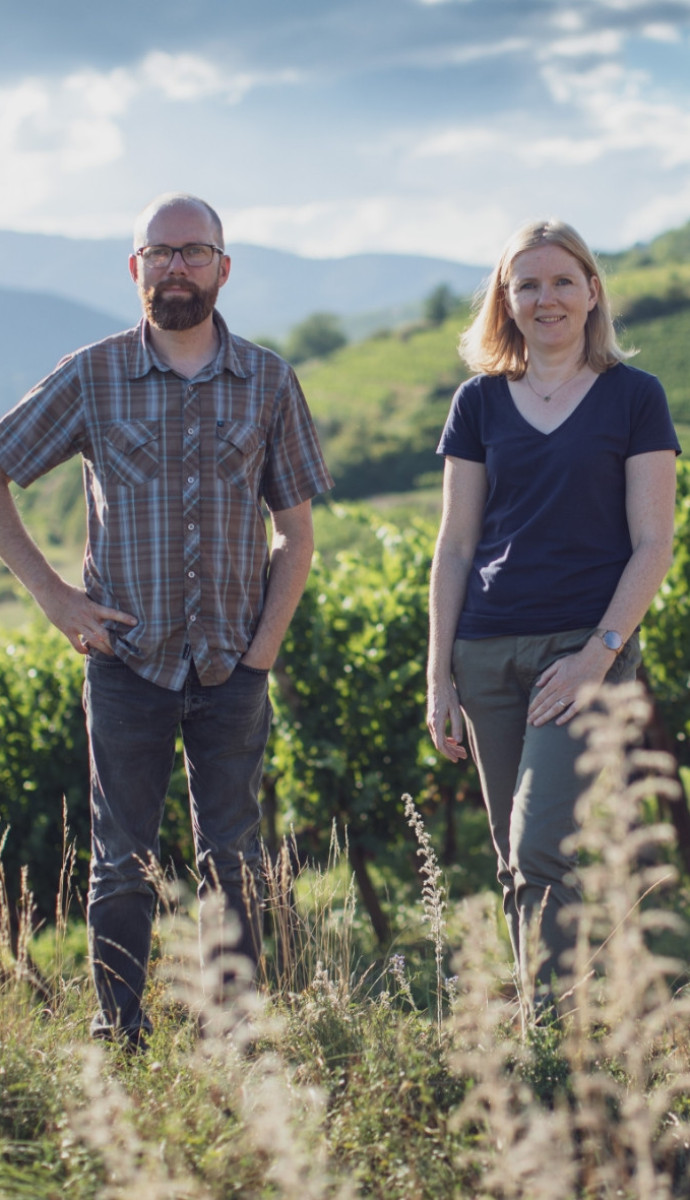Discover our terroirs
Domaine Muré is located in Rouffach in the south of Alsace and covers 28 hectares. The work in the vineyard with traditional ploughing and a biodynamic culture is a reflection of respect for the terroir. The Clos Saint Landelin is the historical heart of the estate. The other terroirs worked are all in the region of Rouffach.

Clos Saint Landelin
Discover the terroir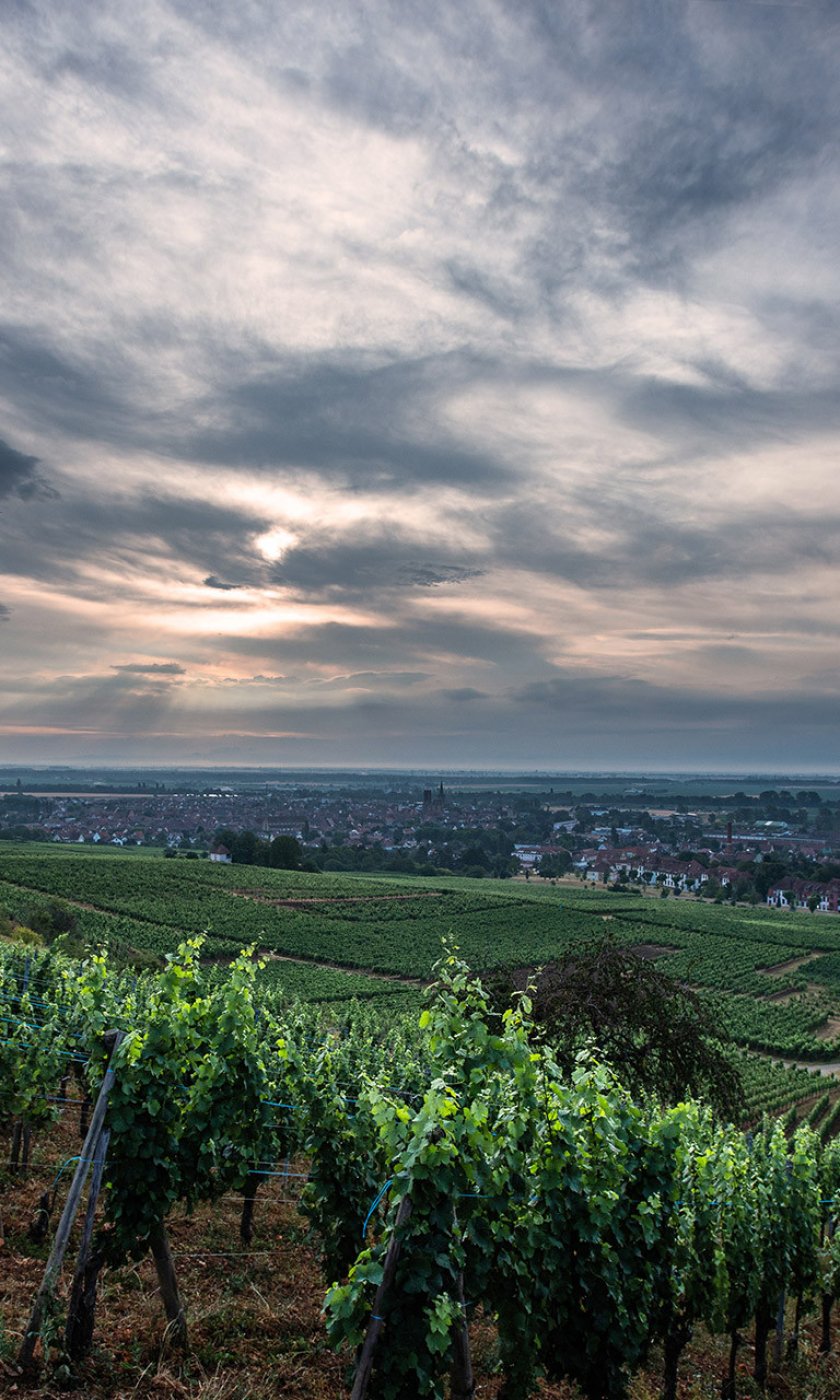
Grand Cru Vorbourg
Discover the terroir
Grand Cru Zinnkoepflé
Discover the terroir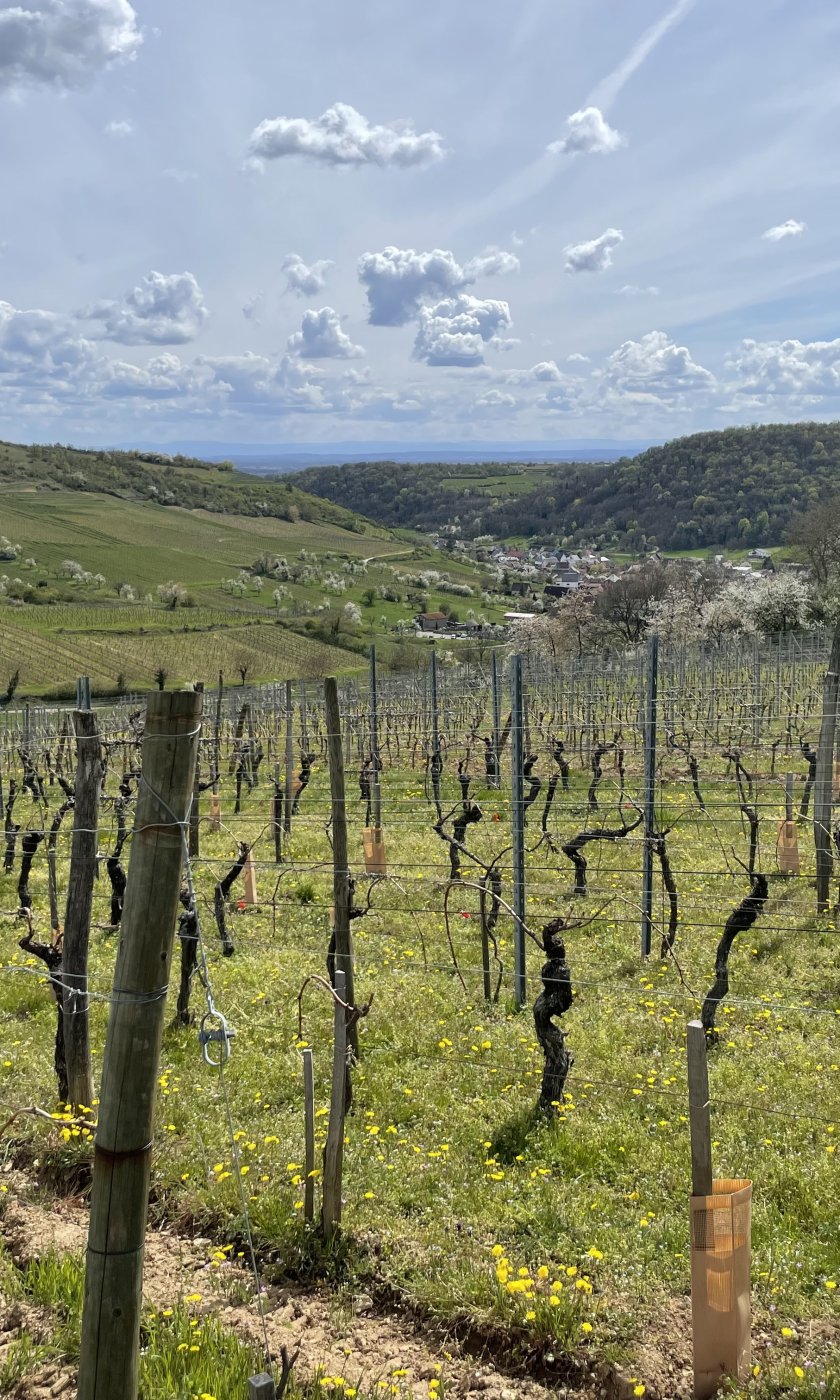
Lieu-Dit Steinstuck
Discover the terroir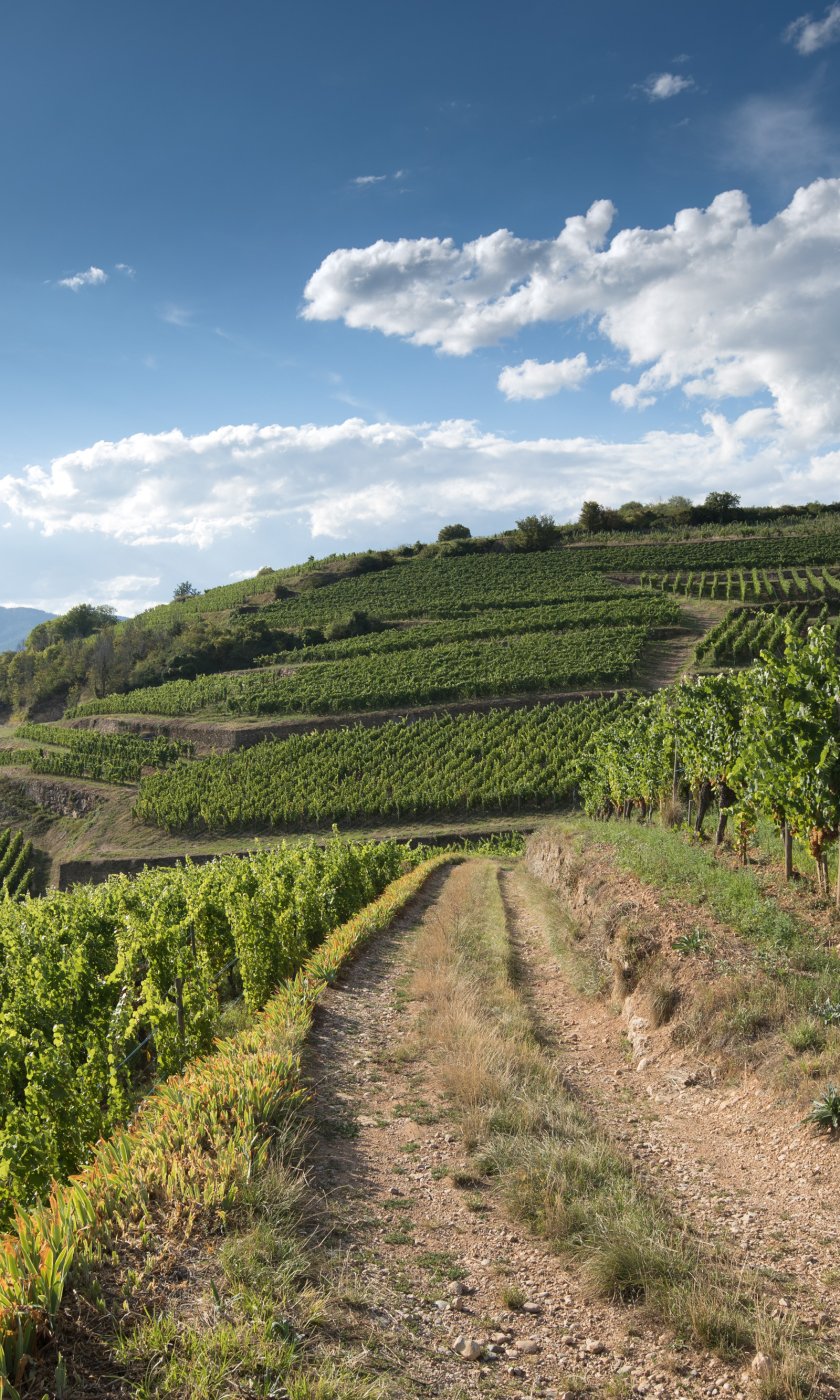
Lieu-Dit Lutzeltal
Discover the terroir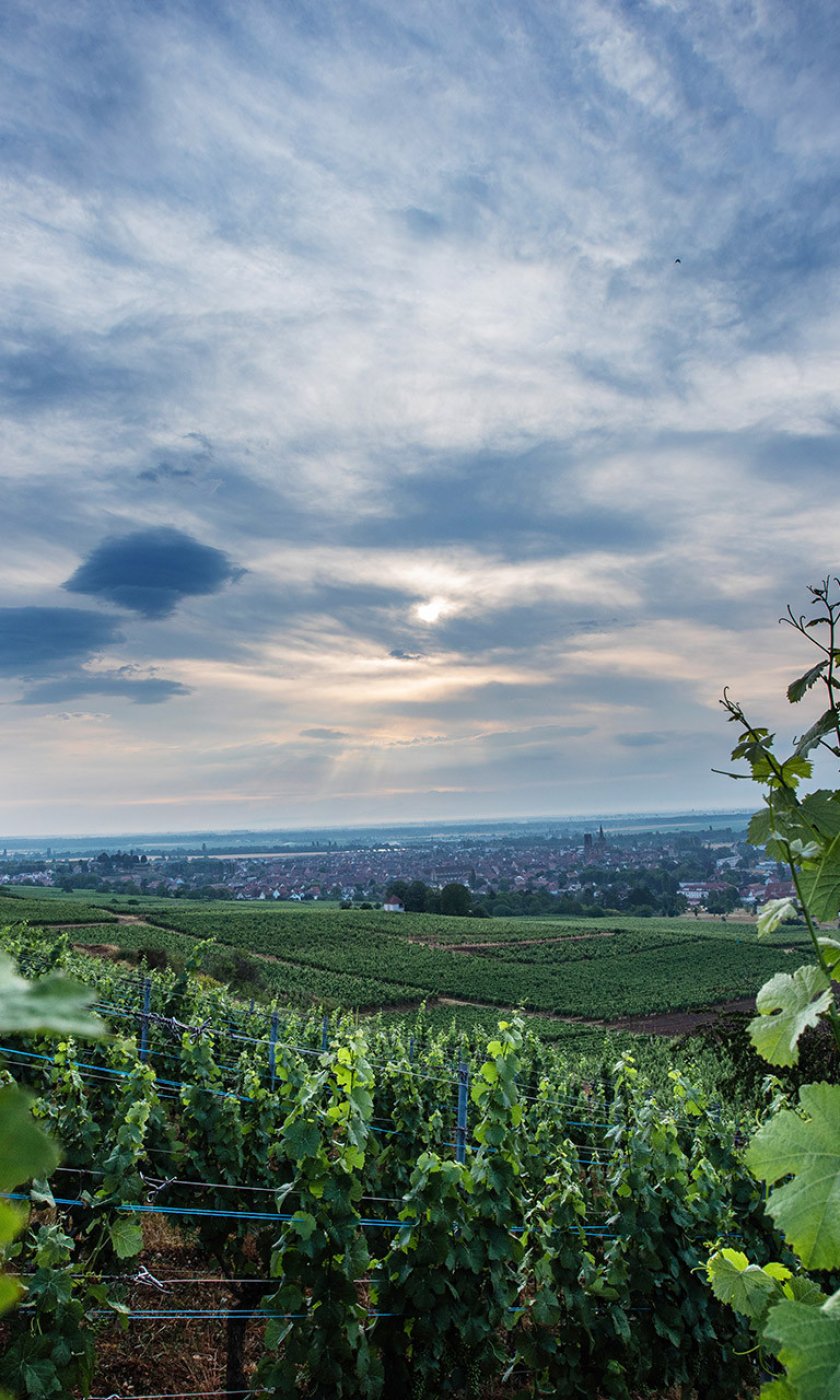
Côte de Rouffach
Discover the terroir